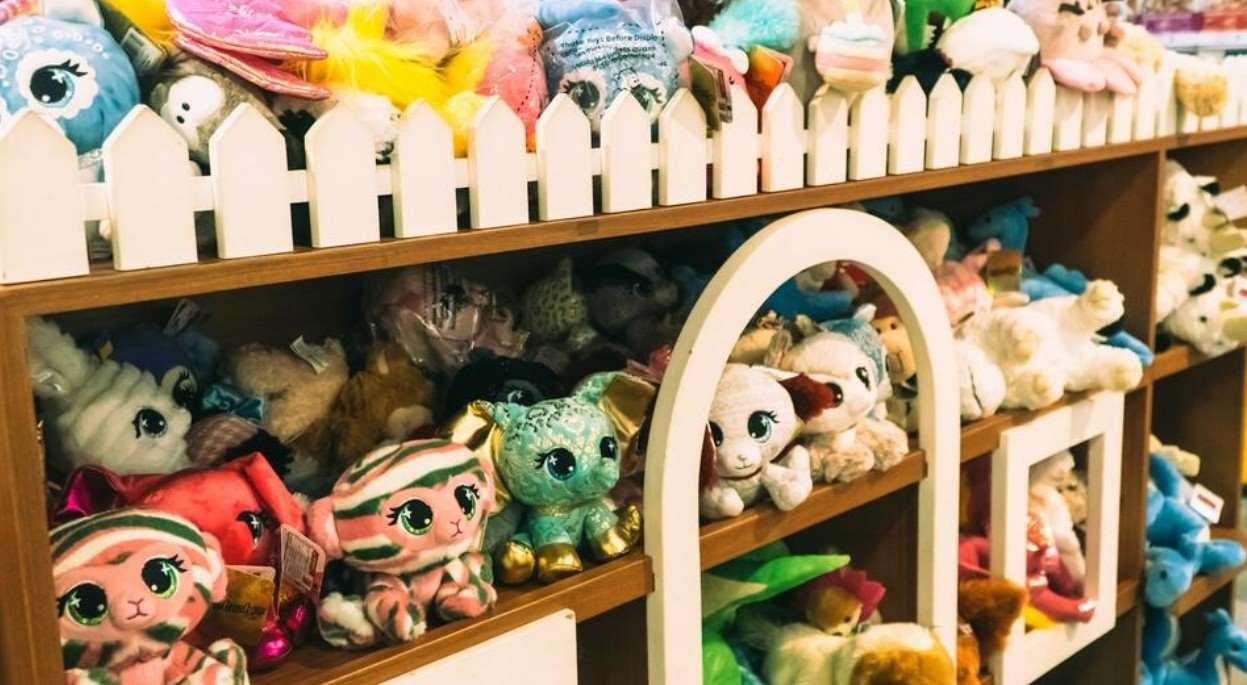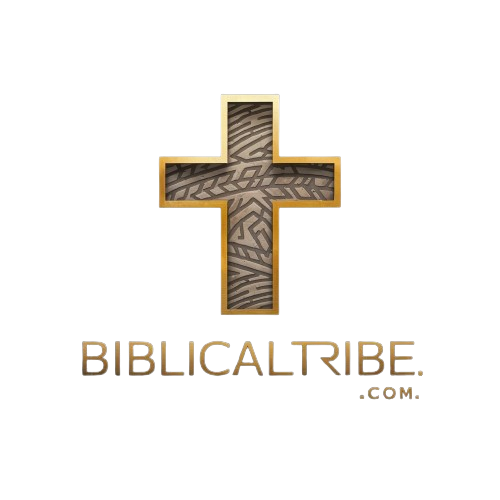Last Updated on May 16, 2025 by Muhammad Ramzan
Babies investigate their surroundings by touching and mouthing everything, particularly their toys. These objects can easily accumulate saliva, dirt, bacteria, and allergens, putting your child at risk. This is why parents must be vigilant in sanitizing infant toys. However, the subject of how and when to disinfect infant toys arises frequently. This tutorial explains when to disinfect toys, how to do it properly, and which cleaning procedures are best for particular toy materials. A sensible, consistent cleaning practice suited to your child’s playtime habits will help keep your infant healthier and reduce the risk of infections, allergies, and illness.
When Should You Disinfect Baby Toys?
After Playdates, Illness, or Outdoor Use
Toys used during playdates or used after a cold or flu should be sterilized as soon as feasible. Children can quickly transfer germs, particularly through saliva and sneezing. Playing outdoors exposes toys to dirt, pollution, and illnesses. Following these instances, clean and disinfect immediately to prevent the spread of infection. Whether it’s a playdate with other kids or a trip to the park, don’t wait to clean toys until your child has finished playing. This keeps the toys safe for future use and reduces the possibility of infection.
Based on Toy Material: Plush, Plastic, or Wood
Cleaning methods vary depending on the material. Plastic toys, such as kid blocks and rattles, are simple to clean with soap and water or a diluted bleach solution. Plush toys frequently require a moderate machine wash or a steam cleaner to remove bacteria. Wooden toys require careful care; clean with a moist cloth and vinegar, but avoid soaking to prevent damage. Each material keeps germs differently, so understanding the proper approach ensures both safety and longevity. Before you begin, review the manufacturer’s instructions for each item to avoid causing harm while ensuring a thorough disinfection process.
Routine Cleaning Schedule by Toy Type
Determine how often and how your infant utilizes the toy to establish a regular cleaning regimen. Clean pacifiers and teething toys every day or after every usage. Wash your soft animals and plastic toys once a week if you use them often. It is possible to clean larger things, such as swings or play mats, once a month. This routine lessens the accumulation of germs without over-disinfecting. Always clean toys right away after an illness to avoid reinfection. Regular cleaning according to toy type reduces exposure to common allergens and bacteria and makes your baby’s environment safer, cleaner, and healthier.
How to Safely Disinfect Baby Toys
Safe Products for Cleaning Baby Toys
Choosing the right products is the first step towards safe disinfection. For regular cleaning, mild soap, equal parts vinegar and water, and baby-safe disinfecting wipes are great. Use hydrogen peroxide or a sufficiently diluted bleach solution for a more thorough cleaning, but never put it directly in a baby’s mouth or on porous surfaces. To ensure that a product is non-toxic and safe for children, always read the label. Steer clear of goods with extra fragrance or alcohol unless explicitly marked for baby usage. Your child’s toys will be disinfected without posing any further health risks if you use the right product.
Step-By-Step Cleaning for Common Toy Types
At the outset, organize objects using their respective materials. Plastic objects may be cleaned in the dishwasher or with warm, soapy water if deemed appropriate. Sanitize and rinse with a solution of vinegar or chlorine. Utilize a mesh laundry bag and a mild detergent to ensure that fluffy objects are cleaned. Non-washable items should be cleaned with a portable steamer. Wooden objects should be cleaned with a vinegar solution and then allowed to dry completely. Once the batteries have been removed from your electronic devices, use a damp cloth and mild detergent to clean them well. Your infant should always be given toys that have been completely dried before they are returned. When cleaning infant toys, it is important to use products that are safe for babies or consult the manufacturer’s instructions.
What to Avoid: Harsh Chemicals and Mistakes
Avoid using harsh chemicals such as ammonia, perfumed cleansers, or non-baby-safe alcohol-based sprays. These can irritate the skin, destroy toys, and leave dangerous residues. Never submerge wooden or electronic toys in water. Overwashing can also wear down toy materials. Stick to moderate, safe cleaners and follow proper dilution standards, especially when using bleach. Remember to properly rinse and dry all toys before allowing your baby to play again. Misusing disinfectants can do more harm than good, so when wondering how to disinfect baby toys, simplicity and safety should always guide your approach.
Conclusion
Disinfecting baby toys is more than simply a hygiene issue; it’s an important element of protecting your child’s health. A constant practice, from daily cleaning of teething toys to monthly sanitization of bigger things, aids in the prevention of disease, allergy triggers, and early to wear. To avoid injury, always use cleaning procedures appropriate for the type of toy and baby-safe products. Now that you know how to properly disinfect baby toys, you can clean them with confidence and decrease germ exposure in your household. Add this simple habit to your daily routine and provide your kid with a cleaner, safer environment in which to develop and play.











